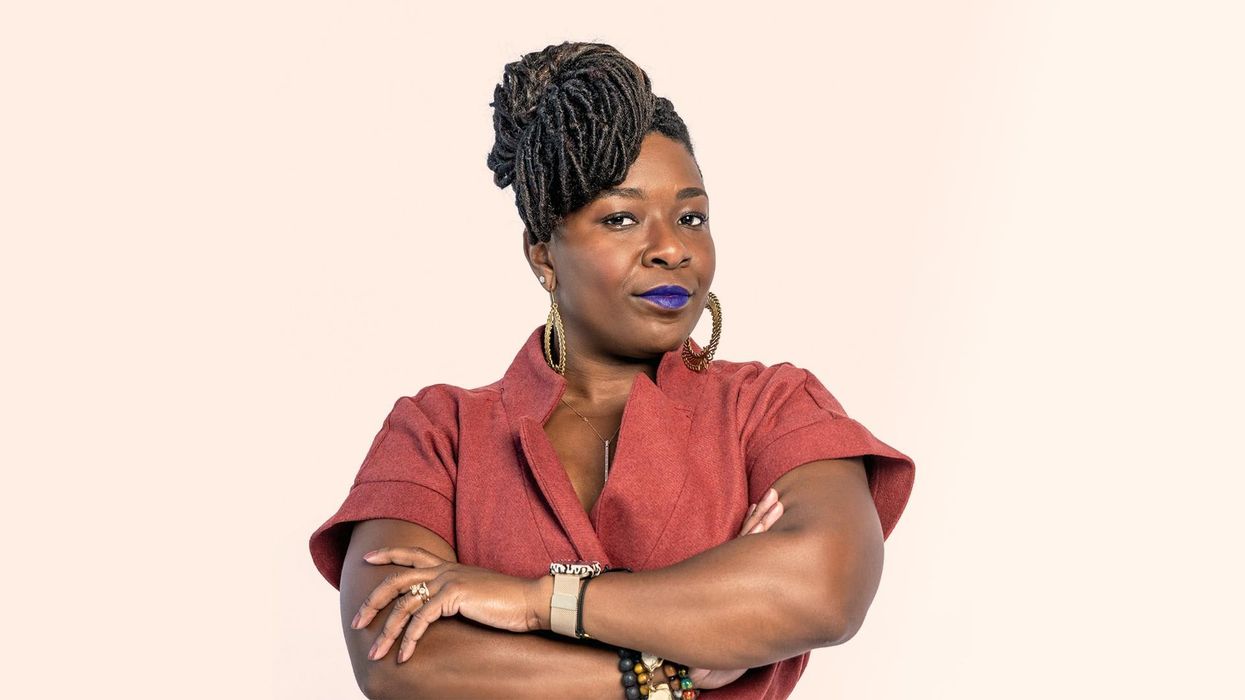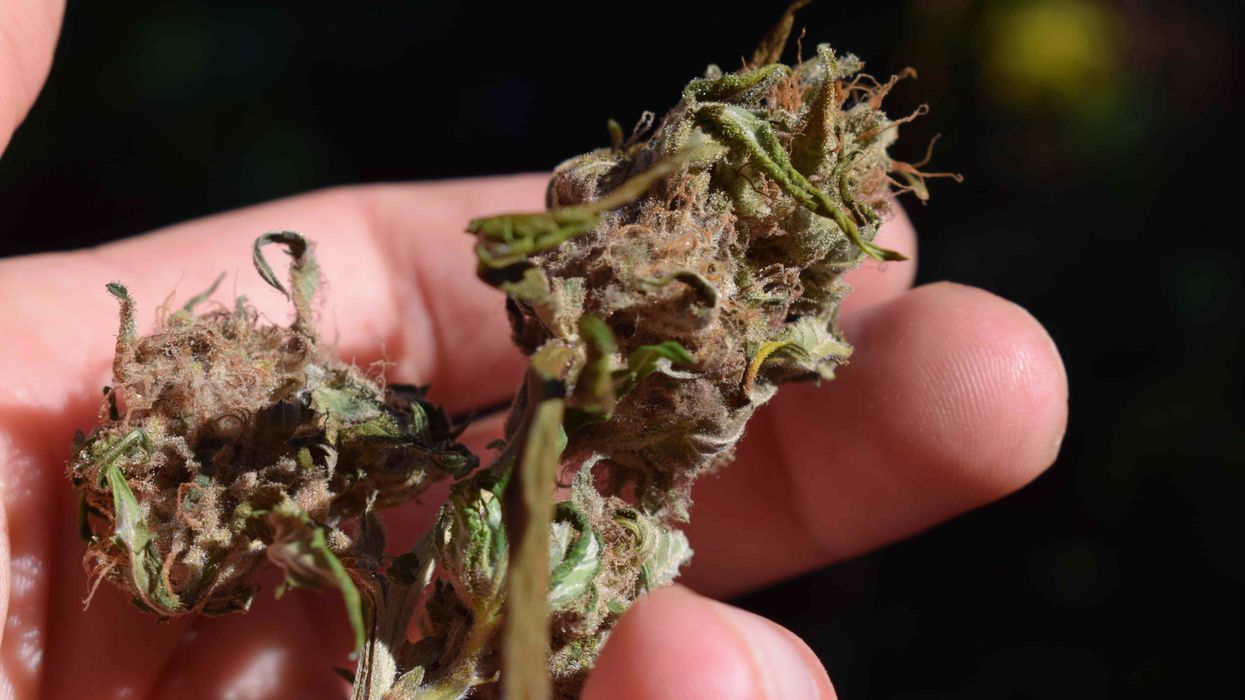By: Frederika Easley, Director of Strategic Initiatives, The People's Ecosystem
As state after state regulates adult-use cannabis consumption, one issue has become a sticking point – social equity and justice reform.
Some states have chosen not to mention the disparate impact of cannabis prohibition and the war on drugs, such as Maine, Alaska, Montana, South Dakota, Nevada and Oregon.
Other states started mutely on the matter and then changed course after the work of community and industry advocates prompted them to make necessary changes, notably Colorado and Washington.
Then there’s the group that chose to tackle it head-on but to widely varying degrees; those states are Massachusetts, Michigan, California, New York, New Jersey, New Mexico, Vermont, Connecticut, Illinois, Virginia, and Arizona.
This varying degree is what I want to dig into in this blog.
There’s a popular saying, "Something is better than nothing,” but I’d like to disagree.
Arizona Falls Short in Social Legislative Language
The hope introduced by the presence of language that does not comprehensively address or consider all constituents, especially those from marginalized communities, can be damaging.
The Greater Phoenix Urban League feels the weight of this very issue. The Urban League affiliate, in partnership with Black women-led equity company Acre 41, attempted to challenge the social equity program in its entirety.
Concerns about equity licenses remaining with qualified equity applicants are one of the issues cited. However, Maricopa County Superior Court Judge Randall Warner dismissed the lawsuit stating that the rules and regulations created by the AZ Department of Health Services were within the bounds of the law and reasonably met objectives.
Let’s consider the objectives and guidance provided by Prop 207 for Arizona's handling of social equity and justice reform.
To start, section two, “findings and declaration of purpose,” has no mention of either term.
We first see the words “social equity” in the section attached to the appropriation of funds from the medical marijuana fund and private donations.
Out of 45 million dollars, two million dollars is allotted to developing and implementing a social equity ownership program. This language offers much flexibility and does not guarantee the receipt of funds by equity applicants.
Four million goes to expungement and another million to non-profits for community education and outreach.
In total, only seven out of 45 million dollars from this fund are slated for harm repair.
Finally, social equity is mentioned in sections later under “rules, licensing…”, part g, pertaining to the number of licenses set aside for the social equity program and the timeline for implementation post approved regulation.
Beyond these comments, Prop 207 is silent.
New York’s MRTA Legislation Provides a Strong Benchmark
Now let’s juxtapose this with a bill from a state that chose to make social equity a focal point of its legislation: New York and its Marijuana Regulation and Taxation Act (MRTA).
To start, in its “findings and intent” section, we see the immediate acknowledgment of the consequences of the war on drugs, such as mass incarceration, the disparate impact felt by Black and LatinX communities, and to use a significant part of the revenue generated to make investments in impacted communities and individuals.
This establishes a structure that is meant to be diverse and a representation of the entire state.
The section also includes the designation of an equity officer and a community advisory council to handle the regulatory process.
Beyond this, Article 4 provides social equity applicants being able to benefit from waived and/or reduced fees, the establishment of an incubator program for social and economic equity applicants, criteria for determining who should benefit from said programs, priority given in licensing, and a stopgap that prevents the selling of equity licenses within the first three years to a buyer beyond other equity operators.
At this point, New York is knee-deep in its regulatory process, so we cannot speak to the full interpretation of the MRTA. However, the intent is clear.
It is also important to note that no state has created an equity program without challenges and needs for improvement to date. There will always be uncontrollable factors, such as lawsuits and litigation, that impact the implementation of a language that seeks to specifically assist one group over another.
But we also cannot deny that the decision by Judge Randall Warner in Arizona highlights the reality that language within laws that govern the regulation of cannabis is important, especially when addressing the disparate impact and establishment of programs to repair harm and support the advancement of impacted individuals and communities. Simply put, language matters.
Need a little more Bluntness in your life? Subscribe for our newsletter to stay in the loop.







 Justin Timberlake Eye Roll Gif By Agent M Loves Gif - Find & Share on GIPHYAgent M Loves Gifs
Justin Timberlake Eye Roll Gif By Agent M Loves Gif - Find & Share on GIPHYAgent M Loves Gifs







 How to Become a Budtender: Complete Career Guide & Salary Information - The Bluntness Photo by
How to Become a Budtender: Complete Career Guide & Salary Information - The Bluntness Photo by  How to Become a Budtender: Complete Career Guide & Salary Information - The Bluntness Photo by
How to Become a Budtender: Complete Career Guide & Salary Information - The Bluntness Photo by 
